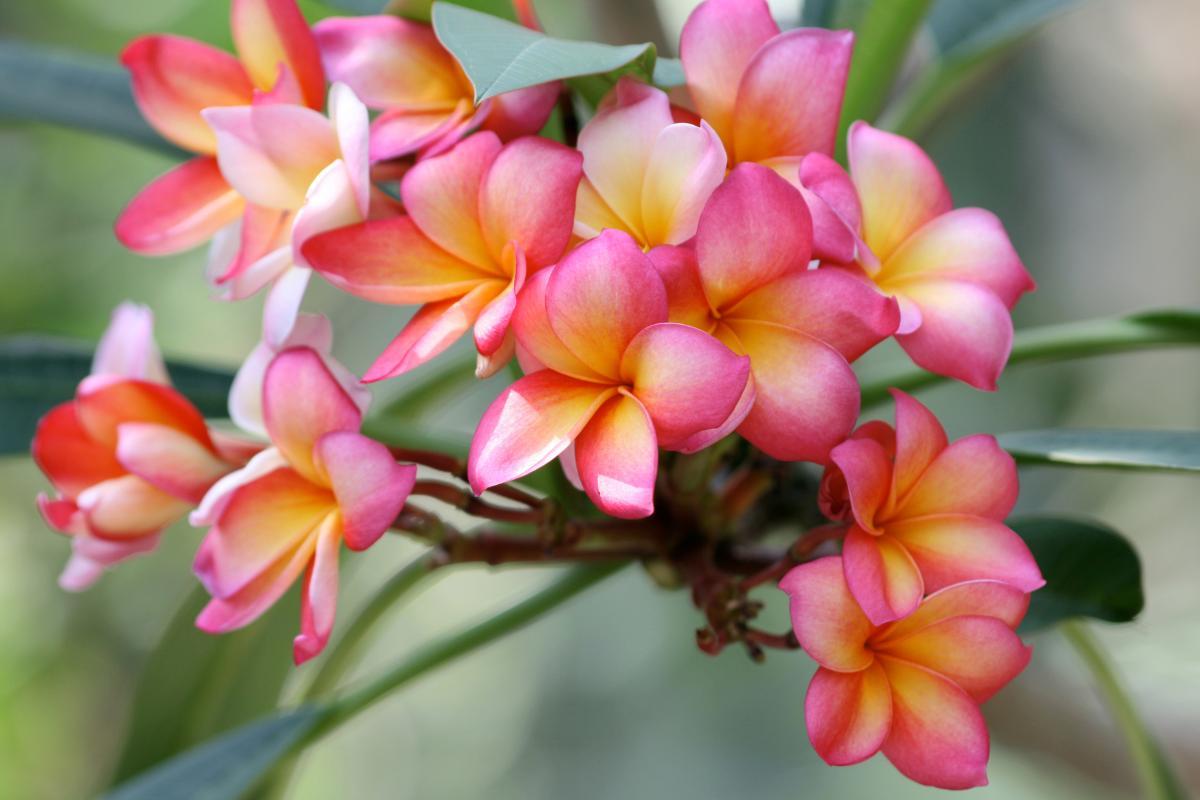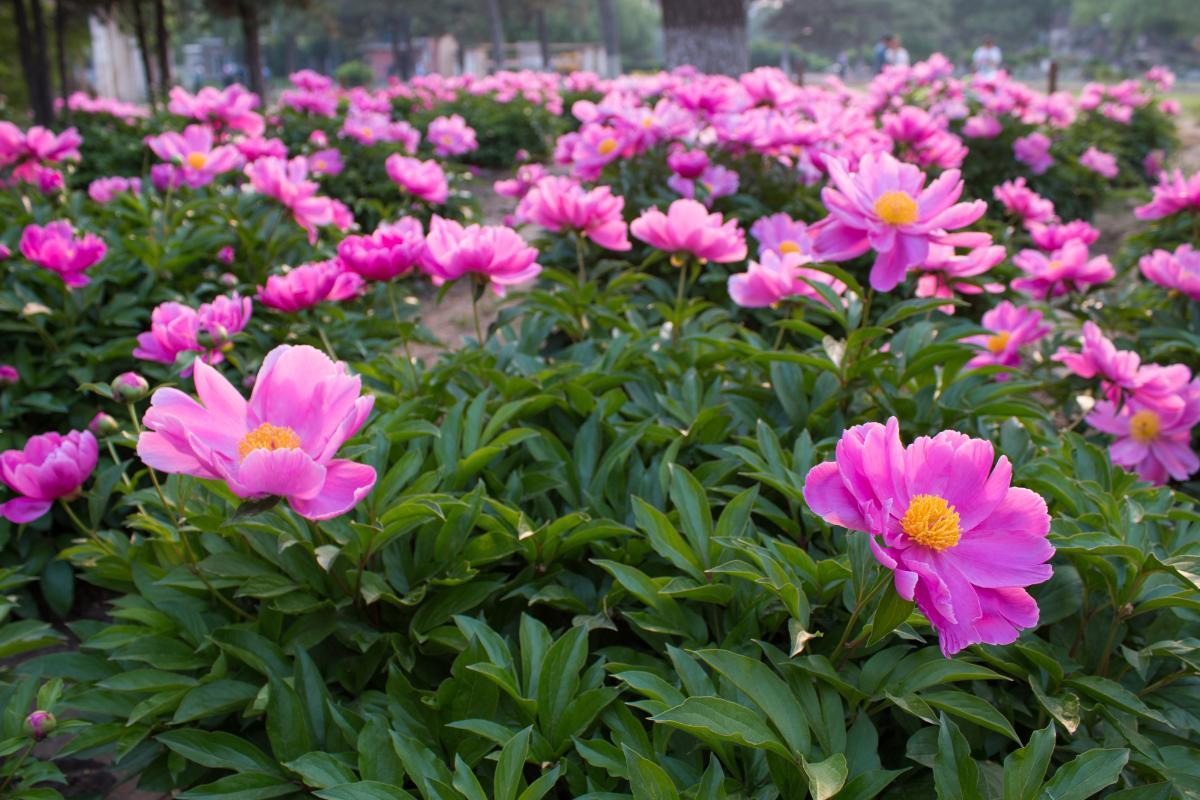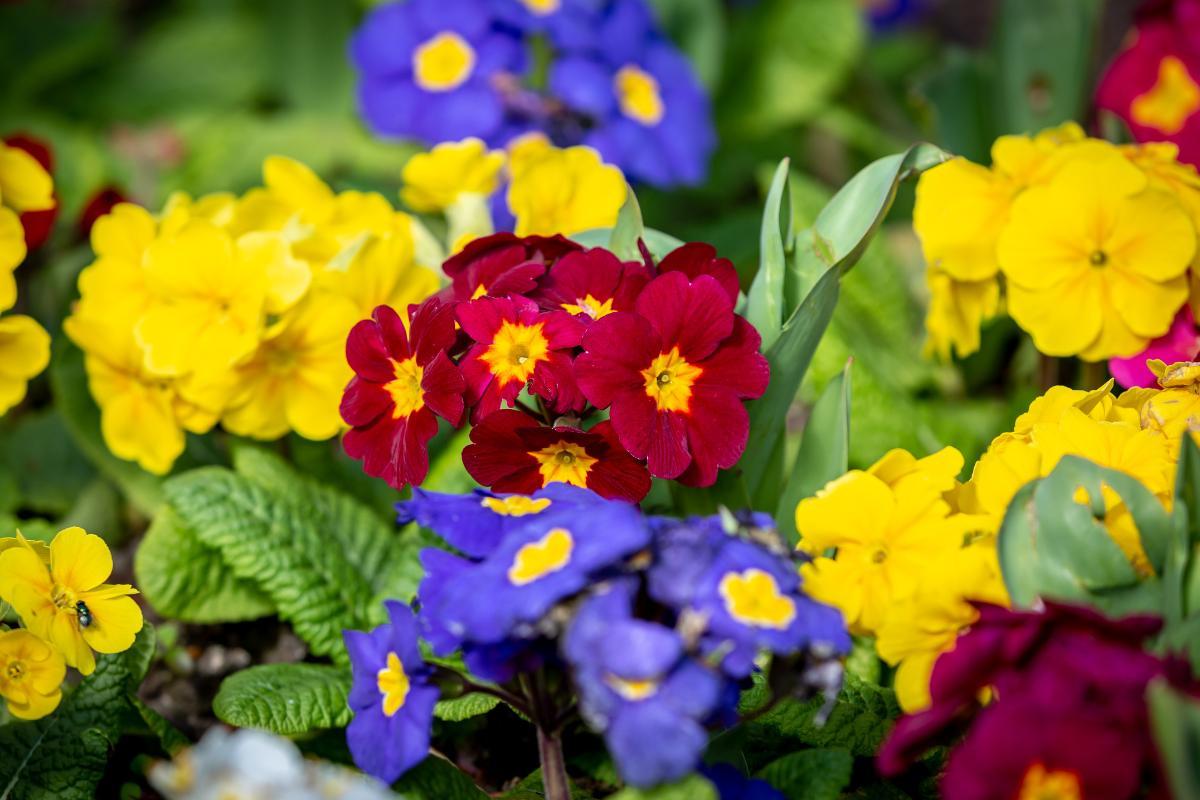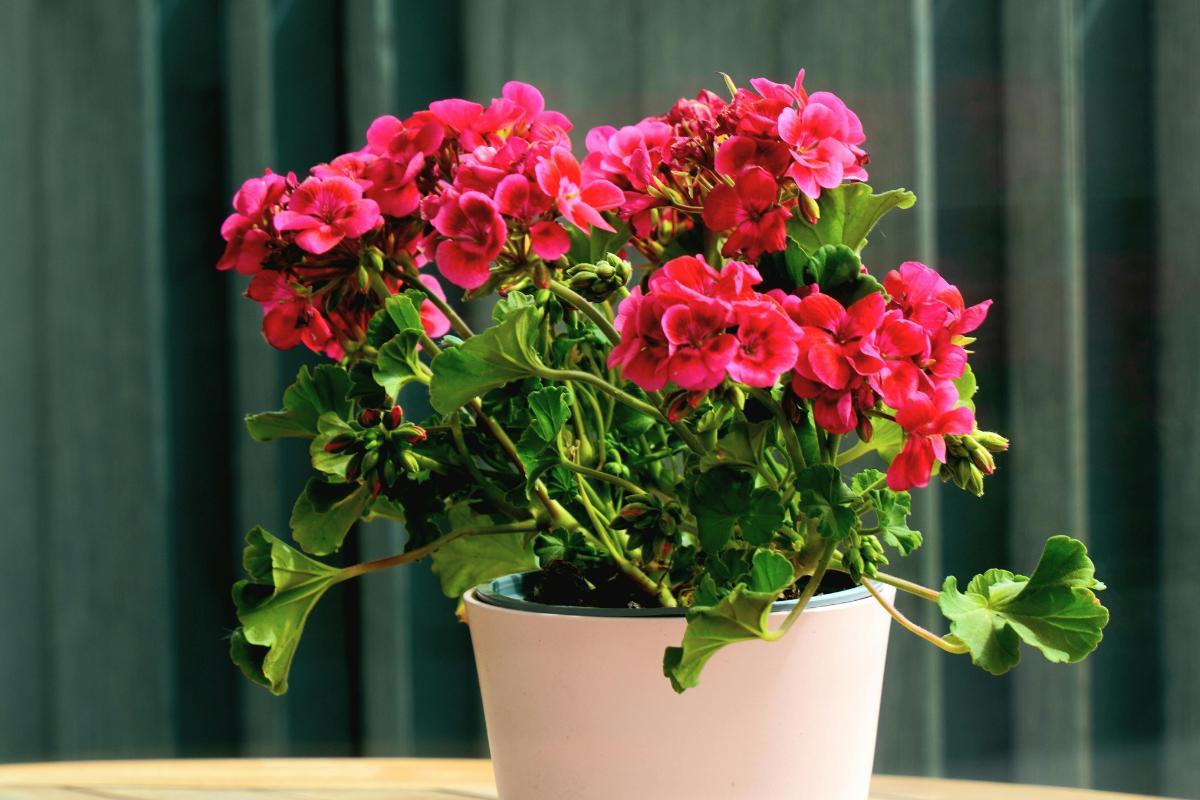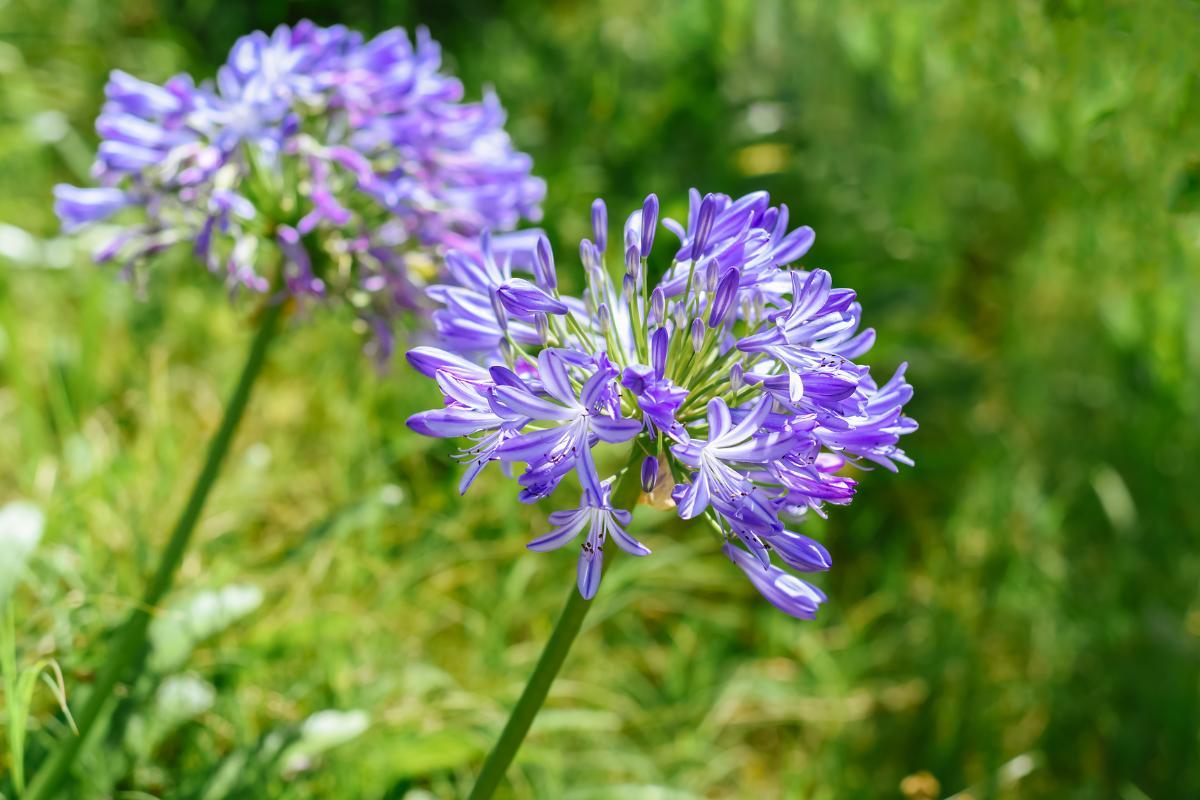10 Flowers That Bloom in May

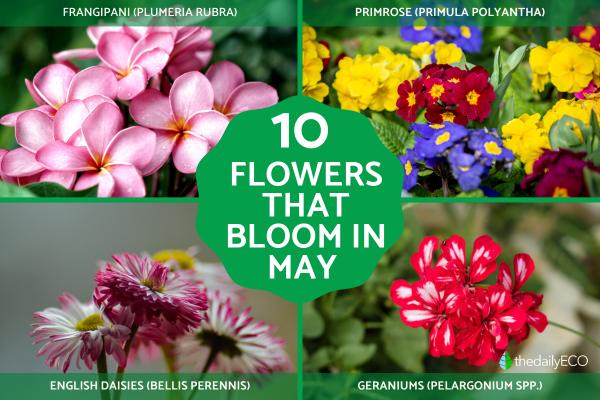
Have you ever noticed how the world seems to explode with color in May? After months of cold weather and bare branches, suddenly gardens, parks, and even roadside ditches burst into bloom. What makes May flowers so special isn't just their beauty. Each one has an amazing story, how it evolved, which insects it attracts, and the clever ways it survives. Some flowers have developed relationships with specific pollinators over millions of years. Others have figured out how to thrive in places where other plants struggle.
In the following article by thedailyECO we cover 10 flowers that bloom in May, from their special features to their favorite pollinators and some truly fun, little-known facts.
- Oriental poppy (Papaver orientale)
- Frangipani (Plumeria rubra)
- Peonies (Paeonia spp.)
- Primrose (Primula polyantha)
- Late-Blooming Azaleas (Rhododendron spp.)
- Roses (Rosa spp.)
- English Daisies (Bellis perennis)
- Geraniums (Pelargonium spp.)
- Pansies (Viola × wittrockiana)
- Agapanthus (Agapanthus spp.)
Oriental poppy (Papaver orientale)
Oriental poppies come from Turkey, Iran, and nearby areas. Their flowers look like they're made of crepe paper and can grow up to 6 inches wide. They normally bloom from late spring into early summer.
The classic ones are bright orange-red with black centers. However, you can also find them in pink, purple, white, and salmon too. They have hairy gray-green leaves that make the flowers really pop.
After these poppies bloom, their leaves die back completely. This helps them survive dry summers in their native lands. Smart gardeners plant other late-blooming flowers nearby to fill in the empty spots.
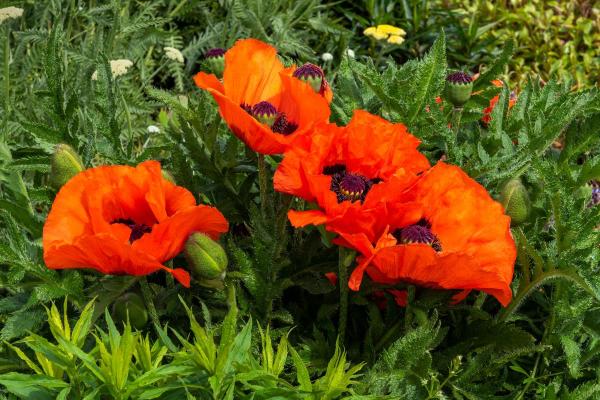
Frangipani (Plumeria rubra)
Most people think of Hawaii when they see frangipani, but these fragrant flowers actually come from Mexico and Central America. Frangipani flowers make perfect Hawaiian leis. They stay fresh for days after being picked and strung together. These flowers are special in many tropical cultures around the world.
They grow on small trees that produce clusters of waxy flowers with five overlapping petals. The classic ones are white with yellow centers, but you can find them in pink, red, yellow, and mixed colors too.
The smell of frangipani gets stronger in the evening to attract moths for pollination. In warm places, they bloom from May through November, depending on the weather and type.
The name Plumeria comes from Charles Plumier, a French monk who studied plants in the Americas back in the 1600s. "Frangipani" comes from an Italian nobleman who made a perfume that smelled like these flowers.
Enchanted by May's floral display? Discover a collection of plants that bring elegant bell-shaped blooms to your garden throughout the seasons.
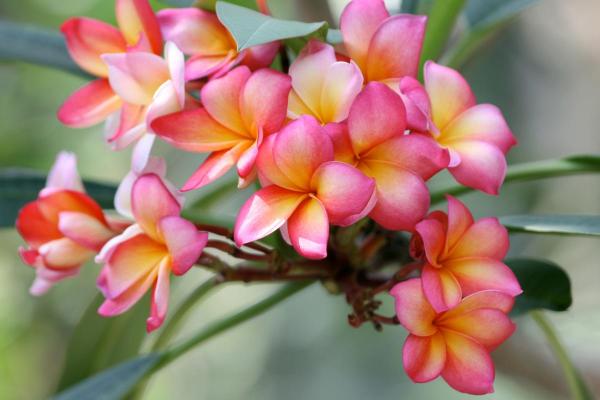
Peonies (Paeonia spp.)
Nothing says late spring like peonies. These garden favorites have huge, often sweet-smelling flowers in white, pink, red, and everything in between. They bloom in late spring and early summer. Each plant only flowers for about 7-10 days, but if you plant different types, you can enjoy peonies for weeks.
There are three main kinds: regular peonies that die back in winter, tree peonies that keep their woody stems all year, and Itoh peonies that are a mix of both types. Peony types bloom in a specific order: woodland ones first, then tree peonies, then the regular kinds, and finally the Itoh hybrids. Smart gardeners plant all types to enjoy peony flowers for almost two months.
Some plants have thrived for over 100 years. In fact, they often get passed down through generations.
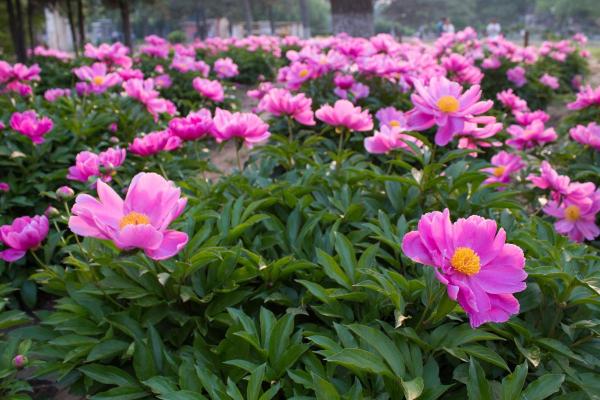
Primrose (Primula polyantha)
Primroses bring happy splashes of color to spring gardens with their bunched flowers and wrinkly leaves. The ones most people grow (Primula polyantha) are actually hybrids that come in every color, from white, yellow, orange, pink, red, purple, to blue. Many have different colored centers that look like little faces.
The name "primula" comes from a Latin word meaning "first," since they're some of the first flowers to pop up in spring. Different types bloom from early spring through early summer, so they look great planted with spring bulbs.
There are over 500 different primrose species around the world. Almost half come from the Himalayan mountains. This huge variety has led to countless garden types that grow in all sorts of conditions.
Wild primroses have evolved different colors based on what pollinates them. Lowland primroses are usually yellow to attract bees. Mountain primroses are white, pink, blue, or purple to catch butterflies' attention.
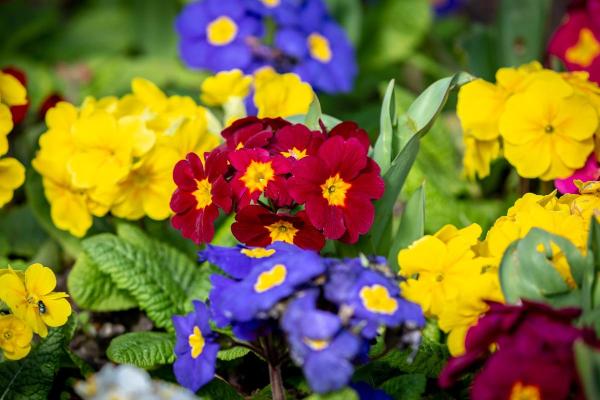
Late-Blooming Azaleas (Rhododendron spp.)
May is when many azaleas really shine. These shrubs are part of the Rhododendron family and gardeners love them because they bloom like crazy and don't need much fuss. The late-blooming varieties help stretch the spring color parade a little longer, with flowers in shades of pink, white, red, orange, and purple.
Azaleas are also great for pollinators. Their tube-shaped flowers are perfect for bees, butterflies, and other helpful insects who stop by for nectar and, in the process, help spread pollen from flower to flower. Azaleas produce sweet nectar to lure in pollinators. Some even have a slightly intoxicating nectar that keeps bugs coming back for more.
Ready to add vertical interest to your May garden? Explore our guide to spectacular flowering climbers that can transform walls, fences, and arbors into living tapestries.
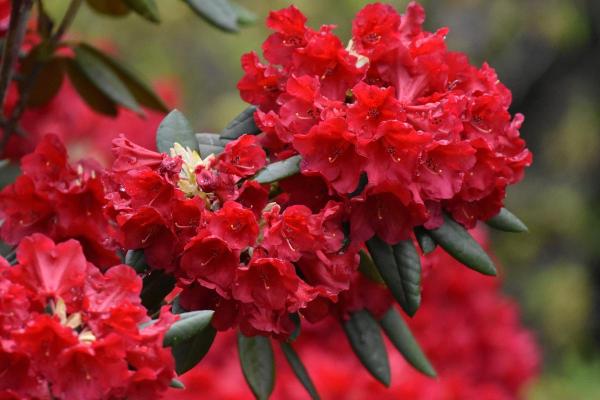
Roses (Rosa spp.)
You can’t talk about May flowers without giving roses their moment. Most garden roses kick off their big bloom in late spring, usually around May or June, depending on where you are. With thousands of varieties, from compact shrubs to towering climbers, there’s a rose for pretty much every corner of the garden.
But roses do more than just look good. Their blooms are a great food source for bees and other helpful insects. Birds often build nests in the thorny branches, using them as natural protection. And when the flowers fade, the rose hips help feed wildlife through the colder months.
The oldest known rose bush grows on the wall of a cathedral in Germany. It’s called the “Thousand-Year Rose,” though it’s actually around 700 years old. Amazingly, it even survived bombings during World War II when the cathedral was hit.
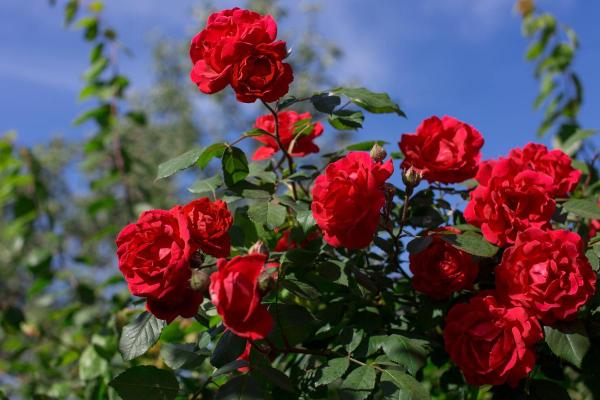
English Daisies (Bellis perennis)
These short perennials make carpets of spoon-shaped leaves topped with those classic white flowers with yellow centers. They look great in lawns or at the front of flower beds. English daisies can survive even in lawns that get mowed all the time. Their leaves grow low to the ground, below mower height. They can also grow new flowers really quickly after being cut.
Daisy isn't one flower, it's many flowers working together. The yellow center is made up of dozens of tiny disc flowers. The white "petals" are actually separate ray flowers. This design makes one big target that bugs can easily spot.
The name "daisy" comes from "day's eye." These flowers close at night and open in the morning with the sun. This protects their delicate parts from nighttime moisture and cold.
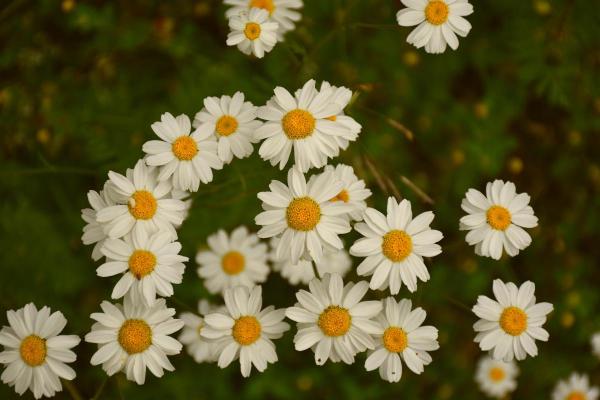
Geraniums (Pelargonium spp.)
Those colorful "geraniums" you see at garden centers aren't true geraniums, they’re actually Pelargoniums, originally from South Africa. These popular container plants start blooming in May and continue through summer with the right care. Their five-petaled flower clusters come in a wide range of colors, including red, pink, white, purple, and salmon.
True botanical geraniums (genus Geranium) are hardy perennials often called "cranesbills" because their seedpods resemble a crane’s beak. These resilient plants also bloom in May and work well as ground covers in many garden settings.
Pelargonium leaves contain natural oils that help repel insects, which is why they tend to be left alone by pests. Depending on the variety, the leaves can have different scents, some smell like roses, others like lemon, mint, or even chocolate.
The word "geranium" comes from the Greek for "crane." When the seedpods mature, they split into five segments that curl back sharply, flinging the seeds away from the plant.
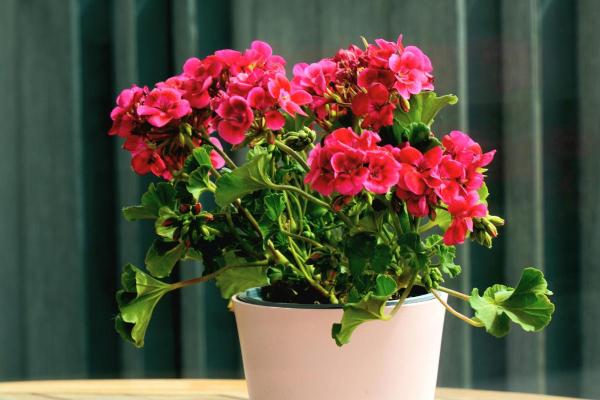
Pansies (Viola × wittrockiana)
Pansies add personality to May gardens with their little "faces" and amazing range of colors. These hybrids (created from different Viola plants) bloom like crazy during spring's mild weather. In cooler places, they keep flowering into early summer.
What makes pansies special is how they can have multiple colors in one flower. Often they have two-tones, three-tones, and even delicate little whisker marks called "penciling." This complex pattern guides bees right to the nectar in the middle of the flower.
The name "pansy" comes from the French word "pensée," which means "thought" or "remembrance." The Victorians loved this connection and used pansies in their flower language to symbolize loving thoughts.
You can actually eat pansy flowers. They have more vitamin C than many vegetables. They taste mild with a hint of wintergreen flavor. Different colored pansies even taste slightly different, yellow ones are a bit sweet, while purple ones have a stronger wintergreen taste.
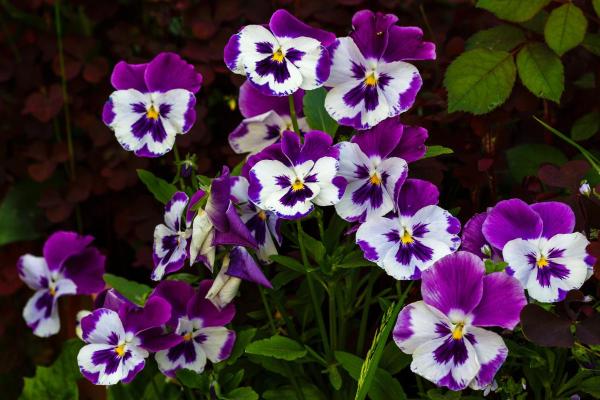
Agapanthus (Agapanthus spp.)
Last but not least is the eye-catching Agapanthus, also called Lily of the Nile or African Lily. These perennials grow tall stems topped with round clusters of trumpet-shaped flowers in blue, purple, or white. They come from South Africa but now grow in gardens worldwide.
The flower structure of Agapanthus is really smart. By grouping many small flowers into one big ball, the plant creates a target pollinators can't miss. This also lets one stem produce loads of seeds.
The name Agapanthus comes from Greek words meaning "love flower." Their height and round flower heads make them favorites in modern landscape design. Agapanthus seeds have tiny paper-like wings that help them float away on the breeze when the pods crack open. This clever design helps them spread to new areas in their native habitat.
Did you know many May-blooming flowers are perfect for attracting nature's living jewels? Explore our guide to creating a garden that hummingbirds can't resist.
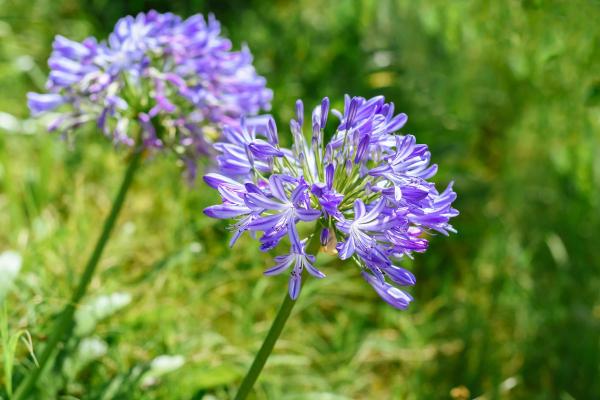
If you want to read similar articles to 10 Flowers That Bloom in May, we recommend you visit our Outdoor plants category.
- Minnich, J. (1998). The Michigan Gardening Guide. United States: University of Michigan Press.







